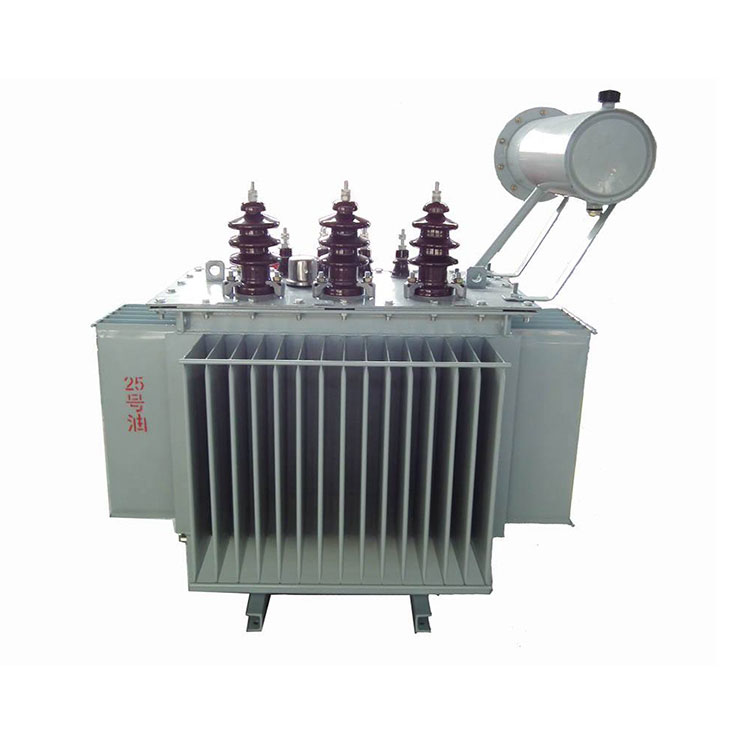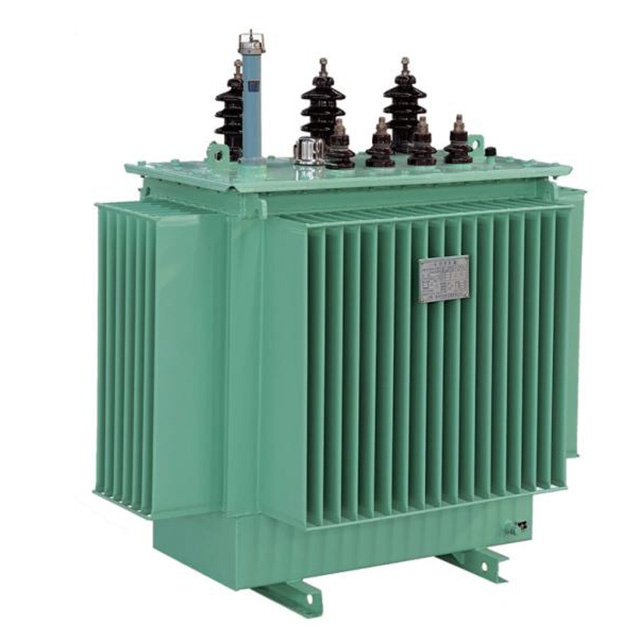- English
- Español
- Português
- русский
- Français
- 日本語
- Deutsch
- tiếng Việt
- Italiano
- Nederlands
- ภาษาไทย
- Polski
- 한국어
- Svenska
- magyar
- Malay
- বাংলা ভাষার
- Dansk
- Suomi
- हिन्दी
- Pilipino
- Türkçe
- Gaeilge
- العربية
- Indonesia
- Norsk
- تمل
- český
- ελληνικά
- український
- Javanese
- فارسی
- தமிழ்
- తెలుగు
- नेपाली
- Burmese
- български
- ລາວ
- Latine
- Қазақша
- Euskal
- Azərbaycan
- Slovenský jazyk
- Македонски
- Lietuvos
- Eesti Keel
- Română
- Slovenski
- मराठी
- Srpski језик
11kv 433v 315 Kva Power Distribution Transformer
Send Inquiry
Video
11kv 433v 315 kva Power Distribution transformer application range:
1.Applicable to power systems with an AC frequency of 50 Hz and rated voltages up to 10 kV, serving as a power source for voltage transformation and control circuits.
2.Used in urban and rural areas, industrial and mining enterprises, as well as national key departments and major projects. Under full load conditions, the temperature rise of the transformer must not exceed the allowable temperature rise specified by the manufacturer.
3.Intended for use in hazardous environments with explosion risks, and must have reliable explosion-proof measures.
4.Transformers operating in harsh environments, such as during rainy or snowy weather, should not undergo maintenance to prevent insulation damage.
5.Cannot be used in environments below -40°C, as doing so may cause severe damage to internal components of the transformer.
6.The cooling medium (oil) for oil-immersed transformers must be clean, non-corrosive, and non-explosive.
7. For high-temperature or hazardous environments with explosion risks, insulation inspections of the transformer should be conducted before putting it into operation.
11kv 433v 315 kva Power Distribution transformer Specification:
| Rated Capacity: | 315 kVA; |
| No Loading Loss: | 480 ± 10% W; |
| Loading Loss: | 3650/3830 ± 10% W; |
| Power Frequency withstand Voltage: | 35kV; |
| Lighting Impulse withstand Voltage: | 75kV; |
| Cooling method: | ONAN; |
| Insulation Material: | 25# 45# Mineral Oil; |
| Rated Frequency: | 50 or 60Hz; |
| Tapping Method: | ±2*2.5%; |
| Temperature Rise: | 60K/65K or depends |
CONSO·CN 11kv 433v 315 kva Power Distribution transformer Detail:

Oil Filled
|

Oil Emptied
|

Amorphous Alloy
|

Rolled Iron Core
|
CONSO·CN 11kv 433v 315 kva Power Distribution transformer Workshop:
|
Winding Workshop |
Coil Drying Area |
Oil Filling Area |
Finished Product Area |
11kv 433v 315 kva Power Distribution transformer Testing Center:

11kv 433v 315 kva Power Distribution transformer Producing Equipment:
|
Transformer Oven |
Casting Equipment |
Foil winding machine |
CONSO·CN 11kv 433v 315 kva Power Distribution transformer Ready to Ship:

Package method:
|
Wooden Box |
Steel Structure |
Transformer Routine Inspection and Maintenance Key Points:
Operation Status Check: Key points include checking for any abnormalities in voltage, current, load, frequency, power factor, and environmental temperature. Timely recording of various upper limits is important, and any issues should be addressed promptly.
Transformer Temperature Check: Key points involve verifying whether the transformer's temperature is within normal limits and if the oil level and temperature in the oil tank correspond. Temperature not only affects the transformer's lifespan but can also disrupt its operation. In case of abnormal temperatures, the cause should be identified and resolved promptly.
Inspection for Unusual Sounds and Vibrations: Key points include checking for vibrations or unusual sounds in the casing and iron plates. Look for discharges caused by poor grounding and abnormal sounds or vibrations from accessories. If resonance or unusual noise can be detected externally, it should be addressed immediately.
Odor Check: Key points involve checking for odors, especially when temperatures are unusually high. Inspect for burnt residues or insulating components causing a smell. Any abnormalities should be cleaned and addressed promptly.
Inspection of Insulating Components and Leads: Key points include checking for carbonization and discharge marks on the surface of insulating components, signs of cracking, and any signs of heating in lead connections, cables, and busbars.
Casing and Other Component Inspection: Key points include checking for casing deformations, ensuring the oil level in the oil tank is normal, inspecting for oil leakage, and checking the condition of the moisture absorber and the color of the adsorbent. Verify the presence of gas in the gas relay.
Transformer Room Inspection: Key points involve checking for foreign objects, rainwater intrusion, and contamination in the transformer room. Ensure that doors, windows, and lighting are in good condition, and monitor the temperature. Inspect control cabinets and secondary terminal boxes for proper sealing and signs of moisture.






















